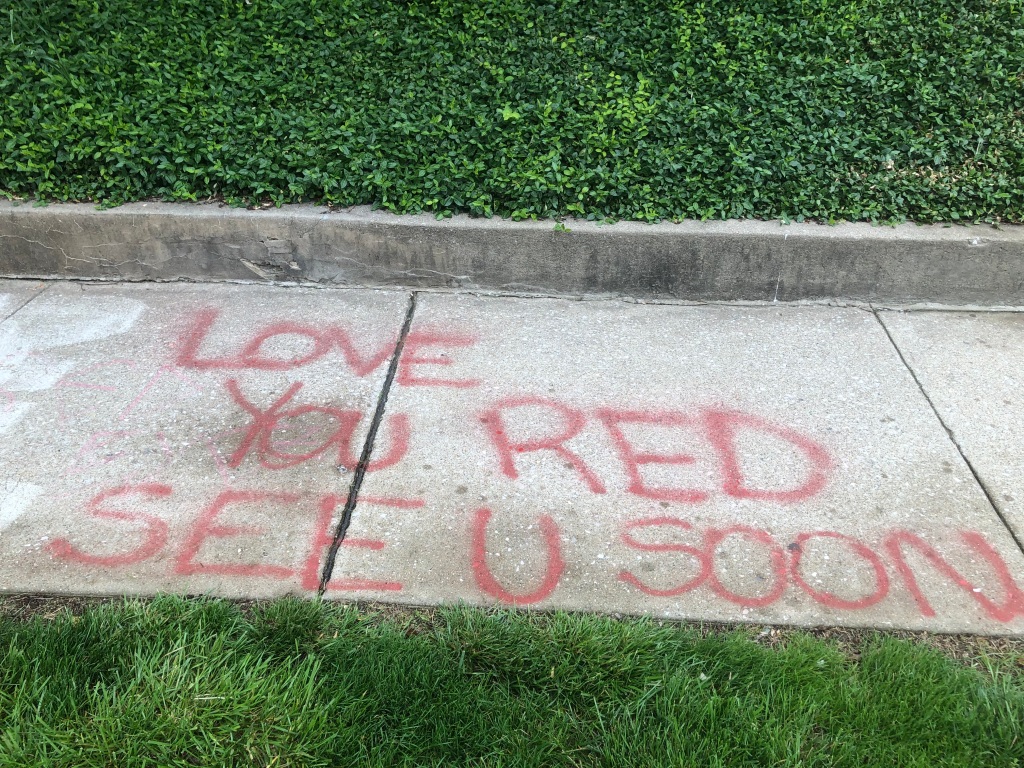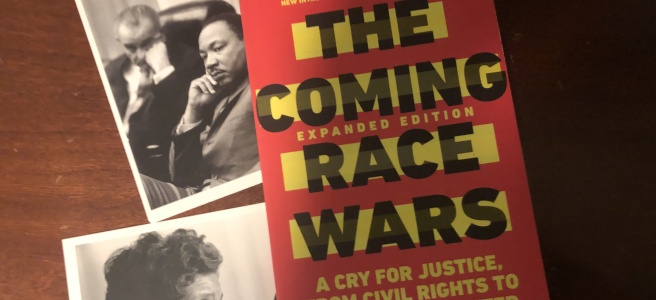Planet or Plastic?
Plastics are overwhelming our earth. Micro-plastic pollution is found in our drinking water, our food and even in our own blood streams. Every piece of plastic ever made is STILL in our environment. Amazing.
Today is also the beginning of Passover, Pesach. A time of remembering. A time to retell the story of what we are called to do and who we are to become as God’s people. It is a retelling of the escape from captivity. It is a time to reconsider where we have been and where we are going. Can we remember, turn around and move in another direction?
We have been living in a captivity to our hungers for extracted wealth from our earth, a tragic environmental Ponzi scheme, a plundering of nature — a using resources which should be set aside for our children and grand children. This over-exploitation has been increasing each year. We in the United States lead in extractive exploitation. If the entire world lived as we do it would take the resources of FIVE EARTHS to provide sufficiency.
We face the question today, how then shall we proceed?
Enter Wes Jackson — someone who has been thinking about this dilemma for four decades. Jackson is co-founder of the Land Institute in Salinas Kansas. Elaine and I stopped to visit back in 2019. I had read his work. I knew of his friendship with Wendell Berry; and, I confess to being more than a little star struck. After all Wes was one of the early recipients of a MacArthur Fellowship. I expected our visit to last an hour and then be on my way.

We talked through the entire morning and toured the institute research facilities and farm research plots in Salinas. (Other research goes on around the world where institute scientists are working to discover new paths of regenerative agriculture.)
I found in Wes a friend… and mentor — someone with a deep concern, clarity about his vocation and a surprising light-heartedness. He confessed the dilemmas we all face. The human contradictions faced as we move from our extractive and fossil-fuel based systems. We laughed often; spoke of authors who had influenced us (Ivan Illich, Walter Brueggemann) and spoke of the need for a broader dialogue between science and religion. I loved it when Wes brought out his “computer” to take notes. It turned out to be his old Underwood typewriter!
Wes Jackson was more than a farmer and scientist. He is a person who has done his theological reflection about our creatureliness and relationship with the ecosphere. There were more than two dozen scientists and interns at The Land Institute seeking to establish perennial polycultures, developing perennial grains, legumes and oilseed varieties that can be grown together replicating the patterns evident in native ecosystems.

We stopped on a hillside and Jackson pointed out the native prairie grasses and the cultivated fields below. “Modern agriculture” he argued has been moving in ever more destructive ways for the past 10,000 years. The Green Revolution, and the heavy use of nitrogen fertilizers, did produce more in the short term; however at the same time they were depleting the resources of our soil, water and fossil fuels ever more rapidly.
In late June, we will come to Earth Overshoot Day. The day we have used up the energy needed to see us through a year without extracting more. It is a day when we can admit our captivity to oil and gas — and their extract — plastics. Forgive my saying it, but it is about theology. It is about who we are and where we are headed as we live before a God and who asks us to continue in the co-creation of our planet.
I give thanks for the true “master theologians” of our time like Wes Jackson. He told me he had been “excommunicated” from his United Methodist Church in Kansas several years earlier by a pastor who considered him a heretic. On this Earth Day, I wish the church had more heretics like him. Maybe with time it will. Whatever your theology — or even if you have none — let’s work to make this happen sooner rather than later.
This is also the beginning of Passover 2024. Pesach — a time to remember who we are and what it means to live with responsibility for our actions.
Changes in our behaviors must come if our grandchildren are to receive the gifts of this wonderful planet with which we have been blessed. We are using up our natural resources 1.75 times faster than they can be replenished!












